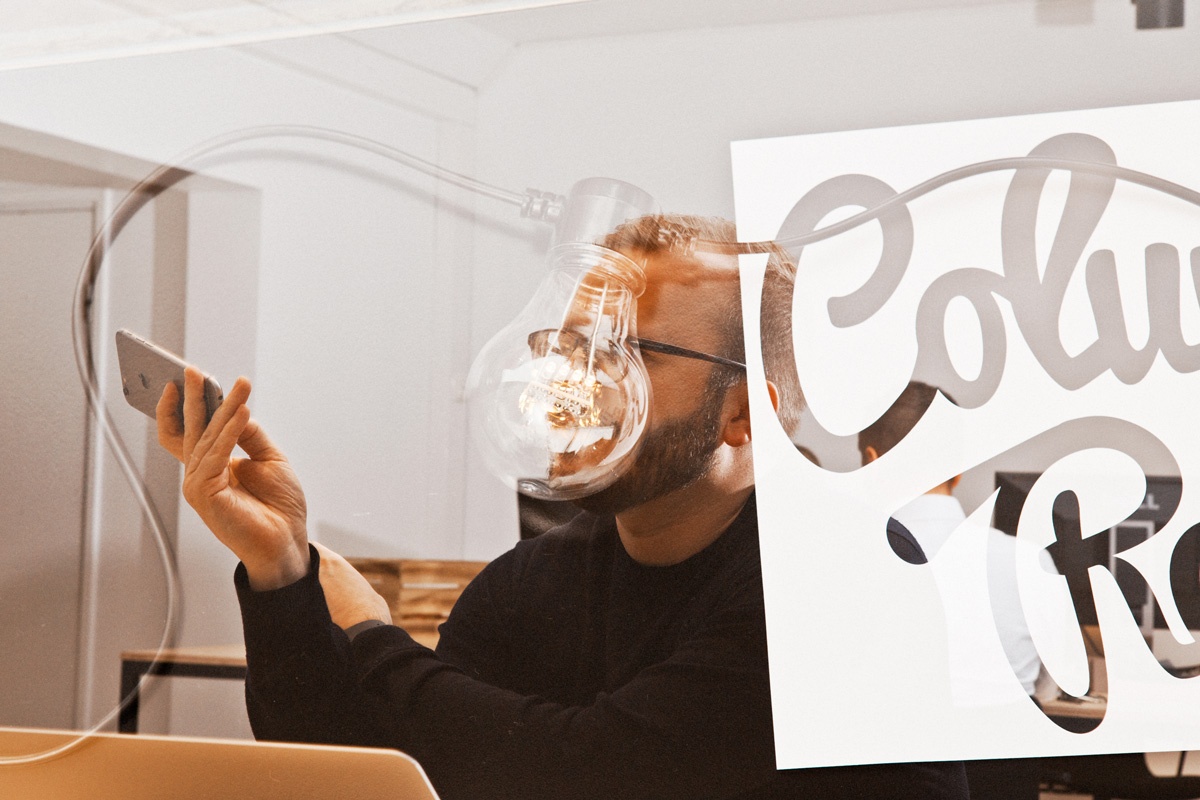The Data Handbook
How to use data to improve your customer journey and get better business outcomes in digital sales. Interviews, use cases, and deep-dives.
Get the book
B2B e-commerce seems to be lagging behind B2C e-commerce but the potential is huge. According to Forrester’s forecast, the US B2B e-commerce market is worth approximately $829 billion today, and is expected to reach $1.2 trillion by 2021. That is at least double the volume of B2C e-commerce. Will 2017 be finally the year of B2B e-commerce?
B2C customer experiences influence B2B
First of all, B2B buyers are changing their behaviour based on their retail experiences. B2C customer experiences are driving B2B buyers to expect the same level of omni-channel experiences from their suppliers. The expectations are getting higher and higher, especially when millennials are taking the lead. Therefore, the future of B2B e-commerce is not something totally unexpected but can be already seen in B2C e-commerce. According to Forbes, Gartner predicts that by 2018, 70% of e-commerce will move from B2C and B2B models to models that focus on the individual customer experience.
"The future of B2B e-commerce is not something totally unexpected but can be already seen in B2C e-commerce."
Mobile and social millennials are here
As Google’s study shows, nearly half of all B2B researchers are millennials (born 1980–1993) and the number is growing. Millennials are digital natives that are used to having everything available at their fingertips. They expect their experience to be quick, easy and responsive, which means mobile-first strategies.
Millennials are also using social media for research before buying products or services. However, Business Insider states that they are not buying directly from social media by clicking embedded buy buttons. The role of social media in e-commerce is growing but millennials are utilizing platforms, such as Facebook and Twitter, before they buy - not necessarily to buy.
From online research to sales activities
A Forrester study shows that 74% of B2B buyers research half or more of their work related purchases online before buying. This is a good opportunity for B2B sellers to be present online and face new customers. Like B2C sellers, also B2B sellers should pay attention to SEO and content marketing. Relevant content, e.g. whitepapers or blog posts, are a great way to start the conversion process with the customer.
B2B companies could and should take the content marketing even further and combine it with sales activities. Alignment between marketing and sales is a huge opportunity for improving business performance. While marketing may produce a lot of useful content to generate leads, it is all wasted if sales do not know how to proceed with those. An effective inbound marketing strategy combines these two.
Digital sales support and customer service
What about prospects who read the content but have questions? Or the ones that do not have time to schedule meetings but are still interested? One emerging solution is 1:1 messaging or live chat that allows potential customers to contact sales representatives or other employees. This can also help B2B companies to allocate their sales resources better.
Live chat is helpful also for customer support; e.g. Shopify offers a 24/7 live support for their customers, including chat, email and phone calls. What is even better is that they tell you the waiting times so you can choose the most suitable channel based on that. In addition to the live chats, FAQ pages and different kind of self-service solutions can help B2B customers, as well as reduce the costs of B2B sellers.
"Both B2C and B2B customers want a shopping experience tailored to their individual needs."
Personalization by knowing your customers
In addition to the live support, make sure that your online store is taking into account the specific information needs of B2B buyers. Prospects and customers typically search for full product descriptions, up-to-date inventories and (potentially negotiable) pricing plans. Communicating prices transparently can take the customer closer to the buying decision. Needless to say, an even better fit can be achieved by data-driven personalization. Both B2C and B2B customers want a shopping experience tailored to their individual needs.
B2B = D2C = B2C?
Distribution chain dynamics are changing rapidly and new sales channels are offering new opportunities to B2B sellers. According to Absolunet’s trend report, millennials prefer to deal directly with the brands, which means an interest on D2C (direct-to-consumer) e-commerce. Many brands and manufacturers are now combining their B2B and D2C e-commerce.
As you might have noticed, building an effective omni-channel experience for B2B buyers is not easy. It requires technology investments but, above all, it means transforming organizational structures and processes. B2C e-commerce is miles ahead of B2B but that should be seen rather as an opportunity than a threat: now you can take a page from their book and start succeeding!
The Data Handbook
How to use data to improve your customer journey and get better business outcomes in digital sales. Interviews, use cases, and deep-dives.
Get the book




